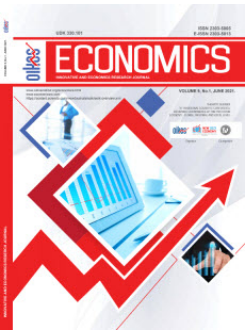ADAPTABILITY OF SECURITIZATION MODEL TO CONDITIONS OF VOLATILE FINANCIAL STRUCTURE
DOI:
https://doi.org/10.2478/eoik-2021-0012Abstract
The Great Financial Crisis of 2008 exposed certain weaknesses in the field of investment banking
and the necessity to adapt certain innovative solutions to the newly created economic and financial
environment. The process of securitization is a financial innovation, which some financial analysts
consider one of the causes of the Great Financial Crisis. Although it is often linked to the emergence
of the Great Financial Crisis, the advantages of the securitization model, together with a level of
adaptability and enhanced process control throughout all procedural levels, significantly outweigh
its perceived shortcomings.
The financial system of the Republic of Srpska continues to be characterized by the growth of
nonperforming loans in bank assets, mainly caused by increased systemic risk due to the current
COVID-19 pandemic and declining economic activity in the country, but also by a well-developed
financial system infrastructure, which is necessary in order to allow the application of the
securitization model to significantly contribute to increasing financial stability in the conditions of
volatile financial structure. The model of securitization of nonperforming loans and its application
in the process of bank restructuring can be the mainstay of the stabilization of the financial system.
The aim of the research is to demonstrate that the application of the adapted securitization model
of nonperforming assets of banks and its application in the process of bank restructuring in the
conditions of unstable financial structure may contribute to financial stability and control of
increase of a systemic risk.
Securitization increases the supply of quality financial instruments, the number of participants in
the process of transformation of financial assets and develops a more resilient financial market.
The results include emergence of additional funding sources for financial institutions, generation
of nonperforming assets’ problems, with additional liquidity and diversification for many of their
clients.
